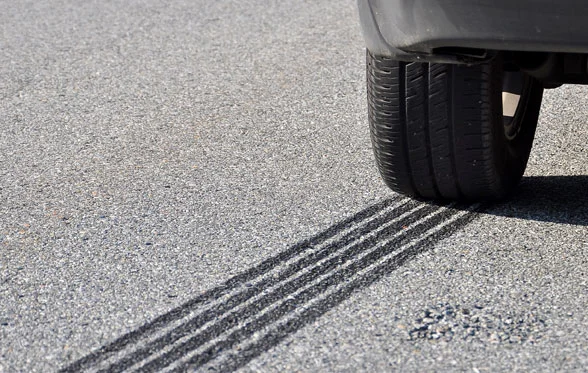Demonstrating compliance with the emissions regulations that are applicable in different markets around the world is a significant development and certification burden for the manufacturers of light vehicles due to the fact that different emissions test procedures, especially the drive cycles used for emissions testing, are applicable in different regions of the world, notably between Europe, USA and Japan. These differences in emissions test procedures and drive cycles mean that it is not possible to directly compare the stringency of the emissions requirements applicable in one market with those applicable in another market (e.g. between the US and Europe). More importantly, for light vehicle manufacturers that produce vehicles for sale in multiple markets around the world, this means that they have to develop and eventually certify their vehicles to multiple sets of emissions test procedures.
From a governmental perspective, there are also some concerns, especially in Europe, that the currently specified emissions test procedures and drive cycles do not accurately reflect real world driving, and that the recently achieved improvements in exhaust emissions and fuel consumption are not being translating into real world improvements in air quality.
For these reasons, in November 2007, the World Forum for Harmonisation of Vehicle Regulations (WP.29) of the United Nations Economic Commission for Europe (UN ECE) set up an informal group to develop a Global Technical Regulation (GTR) covering a worldwide harmonised light duty vehicle test procedure (WLTP) that could be used for both emissions and fuel consumption testing.
Development of the WLTP has taken over six years, with the involvement of and input from emissions experts from around the world. Initially, over 765,000 km of real world driving data was collected from various countries around the world, including Europe, USA, Japan, Korea and India. This data was then analysed and normalised to generate a representative drive cycle, which was then further refined during initial evaluation testing. Final validation of the WLTP, which took place between April 2012 and December 2012, involved testing 109 different vehicles at 34 different test laboratories around the world.
With its publication as Global Technical Regulation (GTR) No. 15 on 12th May 2014, the finalised worldwide harmonised light vehicle test procedure (WLTP) represents a major step towards the global harmonisation of the emissions and fuel consumption requirements applicable to light duty vehicles.
GTR No. 15 specifies a fully harmonised test procedure for determining levels of gaseous emissions, particulate matter and particulate number emissions, CO2 emissions, fuel consumption, electrical energy consumption and electric range, but does not specify any limit values. It covers all category 1-1 vehicles (i.e. passenger cars and multipurpose passenger vehicles), plus category 1-2 vehicles (i.e. buses) and category 2 vehicles (i.e. light goods vehicles) with a GVW not exceeding 3500 kg, and is applicable to internal combustion engined vehicles, hybrid electric vehicles utilising an internal combustion engine and battery electric vehicles. Currently, GTR No. 15 does not cover dual fuel vehicles, vehicles fuelled by compressed gases or hybrid electric vehicles utilising fuel cells.
The drive cycle specified by GTR No. 15 has a total duration of 1800 seconds (30 minutes), consisting of 589 seconds of low speed driving, 433 seconds of mid speed driving, 455 seconds of high speed driving and 323 seconds of extra high speed driving. However, there are three variations of this drive cycle which are applied based on the engine power to unladen mass ratio (PMR) of the vehicle under test. Vehicles are classified into one of three Classes to determine which variation of drive cycle is applicable; Class 1 for vehicles with a PMR ≤ 22 W/kg, Class 2 for vehicles with a PMR > 22 but ≤ 34 W/kg and Class 3 for vehicles with a PMR > 34 W/kg.In addition, the GTR permits a "downscaling factor" to be applied to the drive cycle for vehicles whose PMR is close to the threshold between Classes. For vehicles with a manual transmission, GTR No. 15 includes a procedure to determine vehicle specific gear shift points for use whilst following the drive cycle.
In addition to the drive cycle, GTR No. 15 also includes all of the necessary specifications and procedures to undertake emissions and fuel consumption testing, e.g. procedures for coastdown measurement, procedures for dynamometer setting, vehicle soak requirements, test equipment specifications, calibration procedures, etc.
